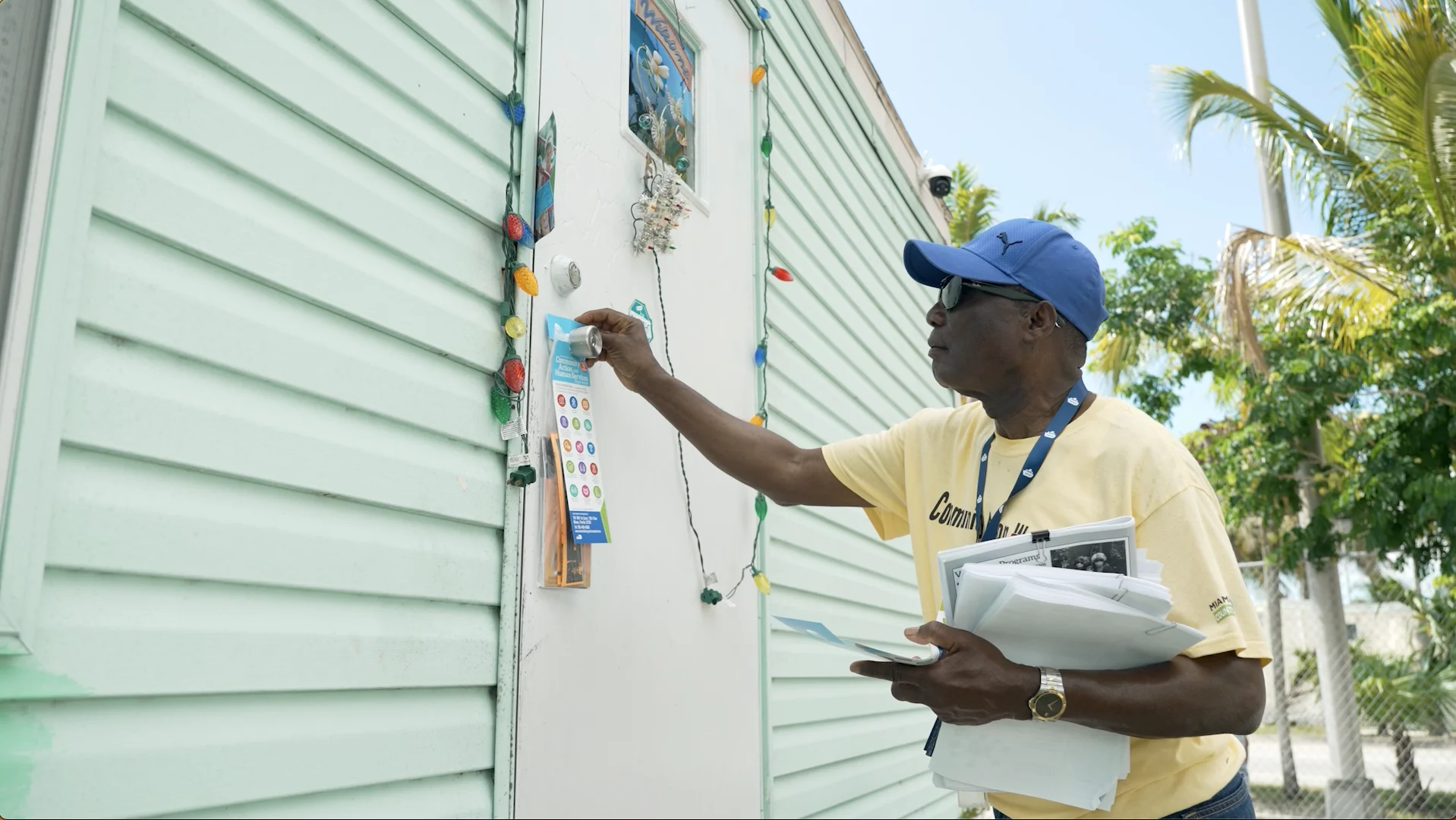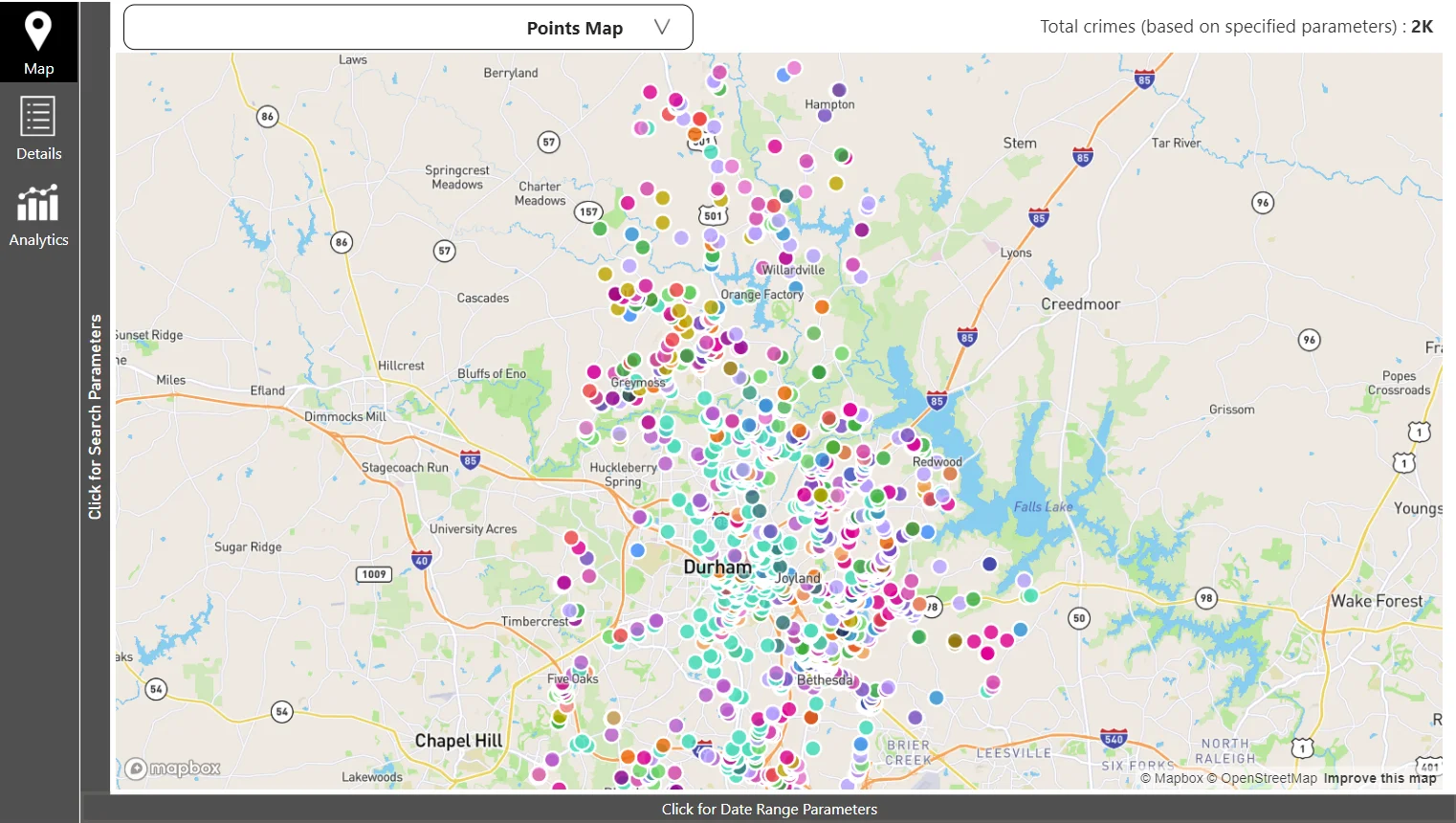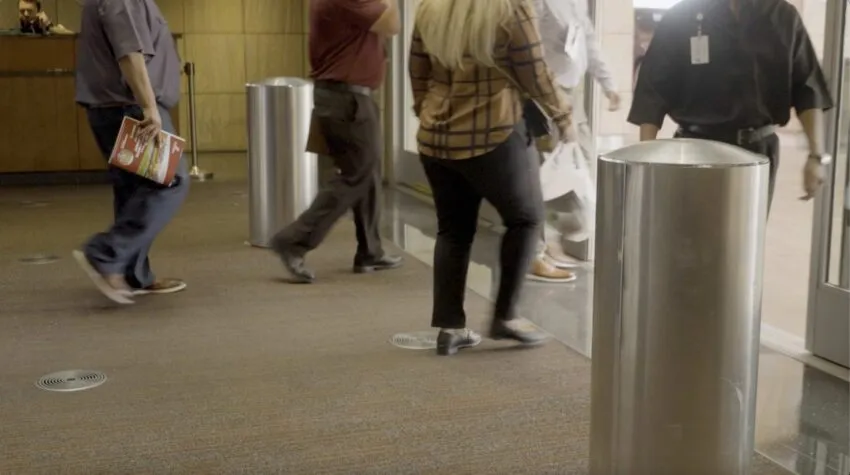It’s a difficult time to work in law enforcement. Police staffing shortages and persistently high crime rates continue to remain pressing issues, and community scrutiny is greater than ever before, with command staff fielding tough questions at city council meetings, in conversation with victims’ families, and while out and about in their cities and towns. How can command staff meet all the demands required to maintain public safety, given they have fewer resources than before? In our newest Ebook, “Answering Tough Public Questions with Transparency and Facts,” we address six tough public questions that command staff face on a regular basis, and how SoundThinking’s SafetySmart Platform can help agencies manage the demands of their job, effectively answer these tough questions, and improve police community relations by giving their communities much-needed peace of mind.
So, what are the six tough questions that command staff encounter from community members on a regular basis?
Tough Question # 1: We Need More Transparency From Our Law Enforcement Leaders – What Are You Doing to Improve This?
Transparency in policing is essential for improving police-community relations. One critical aspect of transparency in law enforcement entails communicating openly with the community regarding public safety response and crime trends. We discuss how CrimeTracer’s public-facing Crime Map makes this possible, enabling agencies to share real-time insights into crime patterns with the residents in their jurisdiction.
Tough Question # 2: Another Innocent Bystander Was Killed by Gun Violence – What Are You Doing to Address This?
The impact of gun violence in the U.S. is staggering. In 2022 alone, roughly 20,138 deaths, excluding suicides, were due to gun violence. In this section, we’ll review how ShotSpotter and CaseBuilder Crime Gun can help your agency manage its gun crime response strategy both in the immediate response to a gun crime incident and in the investigative follow-up.
Tough Question # 3: How Are You Ensuring Officers Conduct Themselves Appropriately When Responding to Incidents?
In recent years, the conduct of officers responding to incidents has come under heightened scrutiny, and the public’s demand for transparency and accountability is both valid and necessary. While body-worn cameras have certainly become an integral component of law enforcement operations, they alone are not an accountability tool. In this section, we discuss how patrol management software like ResourceRouter provides powerful reporting functionality that gives command staff that necessary layer of accountability.
Tough Question # 4: Can You Solve Cases Faster?
Agencies across the country are wrestling with low clearance rates. How can they work to improve this, an especially challenging problem given persistent staffing shortages and high crime rates? In this section, we discuss how leveraging an investigation management platform such as CaseBuilder can turn everything around, resulting in a more effective and streamlined experience that can support every aspect of an investigation. Additionally, we cover CaseBuilder’s integration with CrimeTracer, SoundThinking’s law enforcement search engine and information platform. With CrimeTracer, investigators can use natural language speech terms and concepts to search more than 1.3 billion records from more than 2,500 law enforcement agencies, as well as public records available through the Thomson Reuters CLEAR platform.
Tough Question #5: What is Your Strategy For Preventing Crime?
Given that officers can’t be everywhere they’re needed all at once, how can your agency find the bandwidth to identify high-risk crime areas and develop effective prevention strategies that may very well prevent future tragic incidents? In this section, we discuss how a patrol and analyst tool like ResourceRouter helps direct officers to where they are needed most, reducing patrol gaps while building community trust and confidence.
Tough Question #6: Public Safety Isn’t Just a Law Enforcement Issue, it’s a Community Issue. How Are You Building Trust with the Community?
Community policing is more than just a buzzword – it’s a collaborative effort that involves law enforcement agencies working closely with the community to address problems. It’s a core element of the mission of nearly all U.S. cities. In this section, we discuss how SoundThinking’s Data for Good program builds on this foundation by enabling law enforcement to share precise ShotSpotter gunshot data with non-law enforcement organizations, which enables these organizations to provide prompt interventions to residents needing services and support. Additionally, we cover ResourceRouter Community, a software solution that identifies high-risk areas for community violence intervention (CVI) groups, allowing outreach workers to deploy community-driven safety solutions more efficiently and proactively.
Force-Multiplying Technologies to Meet You Where You Are
The law enforcement landscape today is fraught with challenges, and the complexities surrounding staffing shortages and high crime rates may not dissipate anytime soon. But with a suite of force-multiplying technologies at your fingertips, you have the information you need to manage your responsibilities and answer tough public questions effectively, keeping your jurisdiction safe while improving police community relations.




